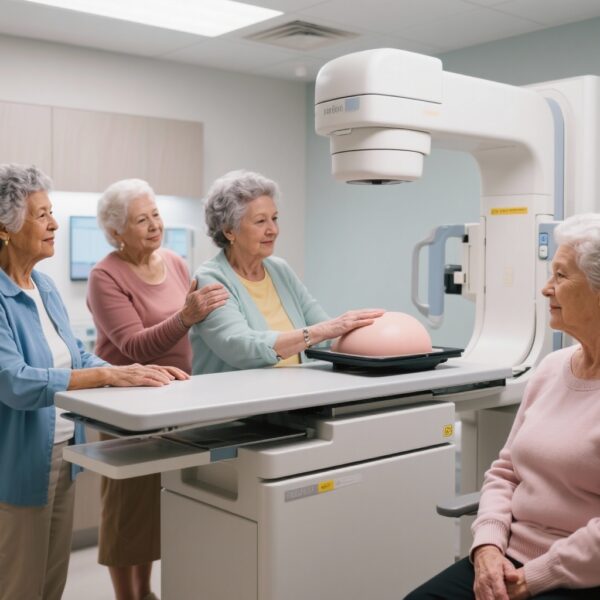Study Background and Disease Burden
Inguinal hernia repair (IHR) remains one of the most performed general surgical procedures worldwide, with significant implications for patient quality of life and healthcare resources. The decision between open, laparoscopic, or robotic approaches is influenced by various factors including surgeon expertise, patient characteristics, and perceived benefits concerning recurrence rates, postoperative pain, and wound morbidity. Contemporary surgical literature heavily relies on evidence-based medicine principles; however, a critical challenge arises when interpreting results based solely on statistical significance (p-value < 0.05) without an accompanying definition of clinical relevance. This gap can lead to misleading conclusions about superiority among techniques, potentially affecting clinical practice and patient outcomes. Given this backdrop, evaluating the reporting of clinical relevance cutoffs in comparative studies of IHR is paramount to improve the translation of research findings into meaningful clinical decisions.
Study Design
The study by Balthazar da Silveira et al. entailed a systematic review of articles published from 2018 onwards across major surgical journals—Hernia, Surgical Endoscopy, Annals of Surgery, Surgery, World Journal of Surgery, and JAMA Surgery. The search focused on studies comparing open, laparoscopic, and robotic IHR approaches. Exclusions were made for articles focused solely on non-clinical outcomes like cost-effectiveness. Two independent reviewers screened the articles for explicit definitions of clinical relevance cutoffs associated with statistical significance and analyzed if the studies claimed technique superiority based strictly on p-values without contextualizing clinical importance.
Key Findings
From an initial pool of 62 articles, 54 met inclusion criteria. The majority (85.2%) were comparative cohort studies, with only 14.8% being randomized controlled trials (RCTs). None of the studies reported a prespecified cutoff for clinical relevance tied to the outcomes assessed. This striking absence emphasizes a widespread omission in the surgical literature on IHR.
Only 6 studies (11.1%) explicitly acknowledged that statistically significant results might not translate to clinical relevance. However, 50% of these still suggested superiority of a surgical approach based solely on the p-value, while the remaining 50% refrained from making such claims despite statistical significance. Notably, 29.6% of studies found no statistically significant differences between IHR approaches, yet 12.5% of those still suggested technique superiority without a statistically supported basis.
Among the 8 RCTs, only one acknowledged the potential lack of clinical relevance of its findings, and one suggested benefit despite the absence of statistical significance. These data underscore that even rigorously designed trials do not adequately address the critical distinction between statistical and clinical significance.
Outcomes of primary clinical importance in hernia repair—such as recurrence rates, postoperative pain severity, and wound-related morbidity—were analyzed without predefined thresholds that would contextualize whether observed differences bear meaningful impact for patients or practice.
Expert Commentary
The pervasive reliance on p-values without clinical relevance considerations reflects a broader issue in surgical research and evidence-based medicine. While p-values provide a probabilistic measure of chance findings, they do not communicate effect size or patient-centered importance. The absence of minimal clinically important differences (MCIDs) or similar benchmarks hinders clinicians’ ability to discern whether statistically significant findings warrant changes in surgical approach or patient management.
Leading surgical experts and methodologists advocate for integrating both statistical and clinical relevance thresholds when designing trials and interpreting results, especially in areas such as hernia repair where relatively small outcome differences can have distinct patient-centered implications. Interpretation without clinical relevance risk inflating the value of statistical findings and misguiding clinical practice.
Future research should prioritize establishing consensus MCIDs for key outcomes in IHR, such as how much reduction in recurrence or pain would be considered meaningful to justify selecting one approach over another. Such benchmarks would enable transparent disclosure of both statistical and clinical significance and thereby improve guideline development and shared decision-making processes.
Conclusion
This comprehensive literature evaluation by Balthazar da Silveira et al. highlights a critical gap within IHR research: the failure to define and incorporate clinical relevance thresholds alongside statistical significance metrics. Even randomized controlled trials, regarded as the gold standard for clinical evidence, often neglect this distinction.
To enhance the reliability and applicability of hernia surgery evidence, the surgical research community must commit to explicitly defining clinical relevance cutoffs for key outcomes and interpreting findings accordingly. Emphasizing clinical relevance will ultimately refine evidence-based surgical decision-making, optimize patient-centered care, and foster the generation of robust comparative effectiveness data for open, laparoscopic, and robotic inguinal hernia repair approaches.
References
1. Balthazar da Silveira CA, Rasador ACD, Nogueira R, Lansing S, Melvin WS, Nikolian V, Camacho D, Cavazzola LT, Lima DL. Cutting through the p-value: evaluating clinical relevance in surgical literature analyzing the approaches for inguinal hernia repair. Surg Endosc. 2025 Sep 24. doi: 10.1007/s00464-025-12213-2. Epub ahead of print. PMID: 40991045.
2. Moore CG, Carter RE, Nietert PJ, Stewart PW. Recommendations for planning pilot studies in clinical and translational research. Clin Transl Sci. 2011;4(5):332-7.
3. Jaeschke R, Singer J, Guyatt GH. Measurement of health status. Ascertaining the minimal clinically important difference. Control Clin Trials. 1989;10(4):407-15.
4. Ioannidis JP. Why most published research findings are false. PLoS Med. 2005;2(8):e124.
5. Chalmers I, Glasziou P. Avoidable waste in the production and reporting of research evidence. Lancet. 2009;374(9683):86-9.



